 W
WThe politics of Denmark take place within the framework of a parliamentary representative democracy, a constitutional monarchy and a decentralised unitary state in which the monarch of Denmark, Queen Margrethe II, is the head of state. Denmark is described as a nation state. Danish politics and governance are characterized by a common striving for broad consensus on important issues, within both the political community and society as a whole.
 W
WThe 1970 Danish Municipal Reform was an extensive administrative reform in Denmark which on 1 April 1970 reduced the number of Danish municipalities from 1,098 to 277 and the number of counties from 25 to 14. The reform also abolished the last legal privileges of the market towns.
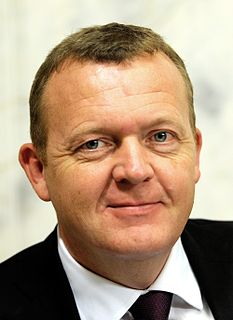 W
WThe First cabinet of Lars Løkke Rasmussen, was announced on 5 April 2009 as Lars Løkke became prime minister after Anders Fogh Rasmussen was offered the post of Secretary General of NATO on 4 April 2009.
 W
WCivil Aviation Administration Denmark (CAA-DK). was the Danish government agency that oversaw all civil aviation in Denmark, including the autonomous areas of Greenland and the Faroe Islands.
 W
WThe Constitutional Act of the Realm of Denmark, also known as the Constitutional Act of the Kingdom of Denmark, or simply the Constitution, is the constitution of the Kingdom of Denmark, applying equally in the Realm of Denmark: Denmark proper, Greenland and the Faroe Islands. The first constitution was adopted in 1849, and the current constitution is from 1953. It is one of the oldest constitutions in the world. The Constitutional Act has been changed a few times. The wording is general enough to still apply today.
 W
WDanish National Archives is the national archive system of Denmark. The primary purpose is to collect, preserve and archive historically valuable records from central authorities, such as ministries, agencies and national organisations and make them available to the public. The archive is part of the Ministry of Culture.
 W
WThe Danish Realm, also known as the Kingdom of Denmark, or simply as Denmark, is a sovereign state. It consists of metropolitan Denmark, the kingdom's territory in continental Europe and sometimes called "Denmark proper", and the realm's two autonomous territories: the Faroe Islands and Greenland. The relationship between the three parts of the Kingdom is also known as "The unity of the Realm".
 W
WThe Danish Financial Supervisory Authority (DFSA) is the financial regulatory authority of the Danish government responsible for the regulation of financial markets in Denmark.
 W
WThe Folketing, also known as the Parliament of Denmark or the Danish Parliament in English, is the unicameral national legislature (parliament) of the Kingdom of Denmark—Denmark proper together with the Faroe Islands and Greenland. Established in 1849, until 1953 the Folketing was the lower house of a bicameral parliament, called the Rigsdag; the upper house was Landstinget. It meets in Christiansborg Palace, on the islet of Slotsholmen in central Copenhagen.
 W
WThe Cabinet of Mette Frederiksen took office on 27 June 2019, and succeeded the Third Cabinet of Lars Løkke Rasmussen, following the 2019 Danish general election. It is a minority government consisting of the Social Democrats. It relies on parliamentary support from the Red–Green Alliance, the Socialist People's Party, and the Social Liberal Party.
 W
WLandstinget was the upper house of the Rigsdag, from 1849 until 1953, when the bicameral system was abolished in favor of unicameralism. Landstinget had powers equal to the Folketing, which made the two houses of parliament hard to distinguish.
 W
WThe Second Cabinet of Lars Løkke Rasmussen was the Government of Denmark, in office between 28 June 2015 and 28 November 2016, where Lars Løkke Rasmussen third cabinet took over.
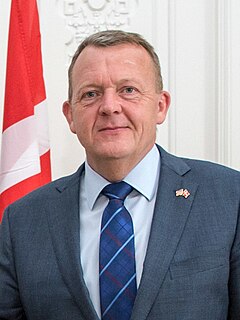 W
WThe Third Cabinet of Lars Løkke Rasmussen took office on 28 November 2016, and succeeded the Second Cabinet of Lars Løkke Rasmussen. It was a minority coalition government consisting of Venstre, the Liberal Alliance and the Conservative People's Party. It relied on parliamentary support from the Danish People's Party. Following the 2019 state election, Rasmussen tabled his resignation and the government continued as a caretaker government until 27 June when the Frederiksen Cabinet was appointed.
 W
WThe Marsk, from 1536 the Rigsmarsk, was in Denmark the head of the armed forces from the beginning of the 13th century until the introduction of the absolute monarchy in the 1660s. It was the third highest office in the country after the Steward of the Realm and the Chancellor. The Rigsmarsk was appointed by the king from among Danish-born nobles. During some periods, the king chose to leave the office vacant and instead personally lead the military. This was the case from 1380/81 and until 1440.
 W
WThe Ministry of Finance of Denmark is a ministry in the Government of Denmark. Among other things, it is in charge of the government budget, paying government employees and improving efficiency in government administration. The current Finance Minister of Denmark is Nicolai Wammen.
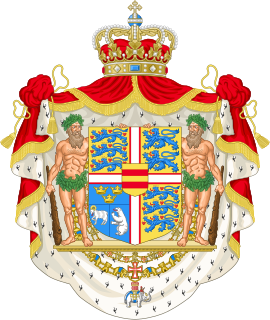 W
WThe Monarchy of Denmark is a constitutional institution and a historic office of the Kingdom of Denmark. The Kingdom includes Denmark proper, as well as the autonomous territories of the Faroe Islands and Greenland. The Kingdom of Denmark was already consolidated in the 8th century, whose rulers are consistently referred to in Frankish sources as "kings". Under the rule of King Gudfred in 804 the Kingdom may have included all the major provinces of medieval Denmark. The current unified Kingdom of Denmark was founded or re-united by the Viking kings Gorm the Old and Harald Bluetooth in the 10th century. Originally an elective monarchy, it became hereditary only in the 17th century during the reign of Frederick III. A decisive transition to a constitutional monarchy occurred in 1849 with the writing of the first democratic Constitution, replacing the vast majority of the old absolutist Constitution. The current Royal House is a branch of the princely family of Glücksburg, originally from Schleswig-Holstein in modern-day Germany, the same royal house as the Norwegian and former Greek royal families.
 W
WThe position of Speaker of the Folketing was created in 1850.
 W
WRigsrevisionen is the national audit agency of the Kingdom of Denmark and an independent institution of the Folketing.
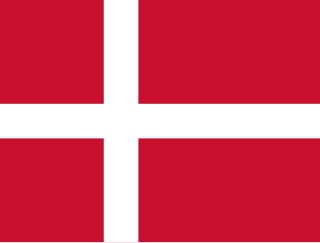 W
WThe position of Speaker of the Landsting (Denmark) was created in 1850 and existed until it was abolished in 1953.
 W
WStatens Serum Institut, is a Danish sector research institute located on the island of Amager in Copenhagen. Its purpose is to combat and prevent infectious diseases, congenital disorders, and threats from weapons of mass destruction.
 W
WThe cabinet of Prime Minister Helle Thorning-Schmidt was the cabinet government of Denmark from 3 October 2011 to 3 February 2014. It was a coalition between the Social Democrats, the Danish Social Liberal Party and the Socialist People's Party. On 9 August 2013, Helle Thorning-Schmidt made a cabinet reshuffle and on 12 December 2013, she made a second cabinet reshuffle. The cabinet resigned on 3 February 2014, following the Socialist People's Party left the government on 30 January 2014. It was succeeded by the Cabinet of Helle Thorning-Schmidt II
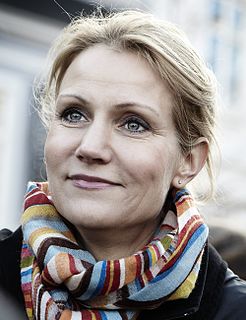 W
WThe Second Cabinet of Helle Thorning-Schmidt was the Government of Denmark in office from 3 February 2014 to 28 June 2015. It was a coalition government between the Social Democrats and the Social Liberal Party.
 W
WTriangle Region Denmark is a cooperation consisting of seven Danish municipalities on the Danish peninsula of Jutland and the island of Funen: Billund, Fredericia, Haderslev, Kolding, Middelfart, Vejen and Vejle.